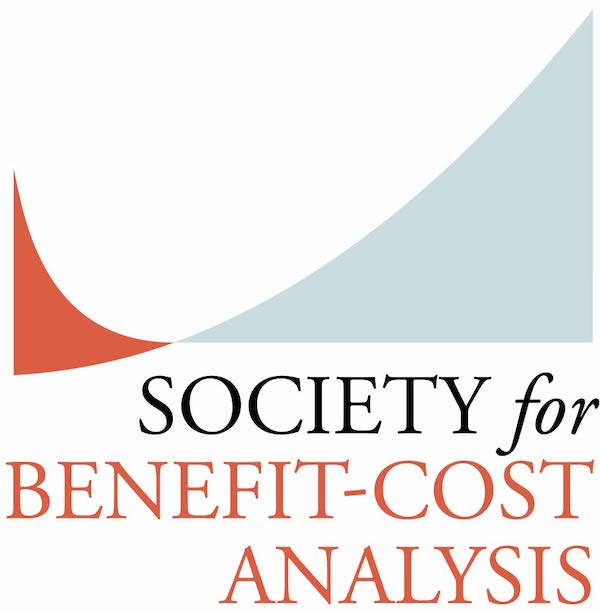On Balance: Deep Thoughts About Efficiency: Rethinking Government Reform and the Role of Benefit-Cost Analysis
 The views presented in On Balance are those of the authors and do not represent the views of the Society, its Board, or its members.
The views presented in On Balance are those of the authors and do not represent the views of the Society, its Board, or its members.
In December 2024, I stepped down—on my own terms—from a long and deeply rewarding career as an economist in the federal government. Since then, I’ve been observing the policy world from the outside, immersing myself in current debates, and reflecting on the evolving role of benefit-cost analysis (BCA). Old habits die hard, and I often find myself thinking about how I might approach today’s policy challenges—and what advice I’d offer to former colleagues and decision-makers navigating them.
One development that caught my attention was the January 2025 executive order establishing the Department of Government Efficiency (DOGE), with its promise to “maximize governmental efficiency and productivity.” The formation of DOGE teams—each composed of an engineer, a human resources specialist, an attorney, and a team lead—signaled a renewed focus on operational performance. Having spent decades inside government, I’m intimately familiar with the inefficiencies that persist. As I began exploring ideas, I reconnected with a former colleague whose insights on efficiency I deeply respect. Together, we wrote a paper to look at a central claim of a proposed Office of Personnel Management (OPM) rule: that reclassifying federal positions to at-will status would yield large gains in agency efficiency. Our working paper, “From Rhetoric to Reform: Civil Service Employment Structures and the Measurement of Government Efficiency” is now available.

 The views presented in On Balance are those of the authors and do not represent the views of the Society, its Board, or its members.
The views presented in On Balance are those of the authors and do not represent the views of the Society, its Board, or its members. The views presented in On Balance are those of the authors and do not represent the views of the Society, its Board, or its members.
The views presented in On Balance are those of the authors and do not represent the views of the Society, its Board, or its members. The views presented in On Balance are those of the authors and do not represent the views of the Society, its Board, or its members.
The views presented in On Balance are those of the authors and do not represent the views of the Society, its Board, or its members. The views presented in On Balance are those of the authors and do not represent the views of the Society, its Board, or its members.
The views presented in On Balance are those of the authors and do not represent the views of the Society, its Board, or its members.